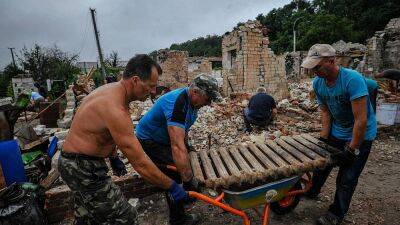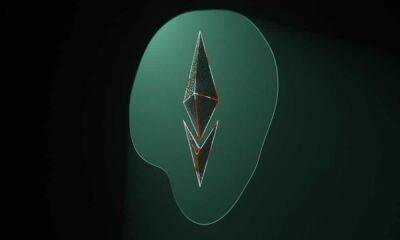Over 1,900 block-producing nodes in the Solana ecosystem, new report reveals
Solana released its first-ever, "Validator Health Report" which revealed information on its network operators. According to the report the network has over 1,900 block-producing nodes with nearly 1,688 (88.14%) of those run by independent entities.
Solana says the health and strength of its validators is critical to the long-term health of the ecosystem. Previously, the network has faced backlash for both a lack of decentralization and expensive validator hardware.
Though this new report highlights the 3,400 validators across six different continents.
9/ Distribution across geographies is important. Resilient blockchains continue operating through all types of global events. Here's how stake is distributed across the @Solana network, with a snapshot of Ethereum miner distribution for benchmarking. https://t.co/1jsylk9J3J pic.twitter.com/faepZ4RvYm
Moreover, the report shows how activity on the network has risen in the last year. On average the network has seen 95 new consensus nodes and 99 RPC nodes join every month since June of last year.
It also stressed that the Nakamoto Coefficient on Solana, aka the amount of validator collusion needed to censor the network, is 31 — and growing. A chart published in the report showed Solana with the highest Nakmoto Coefficient compared to other networks such as Avalanche, Binance and Polygon.
Nonetheless, this report comes in the aftermath of last week’s hack. Around $5.2 million in Solana (SOL) was hacked from 8,000 wallets including Phantom, Slope and Trust.
The news shook the industry and users were urged to abandon their hot wallets for cold storage wallets for extra security, while being vigilant against scams.
Related: Is your SOL safe? What we know about the Solana hack | The
Read more on cointelegraph.com

















![Yet another offer but ApeCoin [APE] remains unperturbed - ambcrypto.com - city Santiment](https://finance-news.co/storage/thumbs_400/img/2022/8/20/37851_nj0j.jpg)


![Will Optimism [OP] holders see a new bear cycle soon - ambcrypto.com](https://finance-news.co/storage/thumbs_400/img/2022/8/19/37835_bwsny.jpg)


